INfo@kansailocaltours.com +81-90-5600-4601 or +81-70-9195-3725 MON - FRI 9AM-6PM (GMT +9/JST)
186 Years of Elegance: The Story of Izuyasu, Kyoto’s Classic Ryokan
Discover Izuyasu, a 186-year-old ryokan in Kyoto rich in history, tradition, and hospitality. In this blog, we take you inside this remarkable inn, exploring its centuries-old architecture, intricate cultural details, and the heartfelt hospitality passed down through generations. From the serene entrance to the exquisite kaiseki meals, and a hidden story behind its name, join us as we share our personal experience of this timeless retreat.
KYOTOHOTELSDESTINATIONS
Allysa
2/26/20255 min read
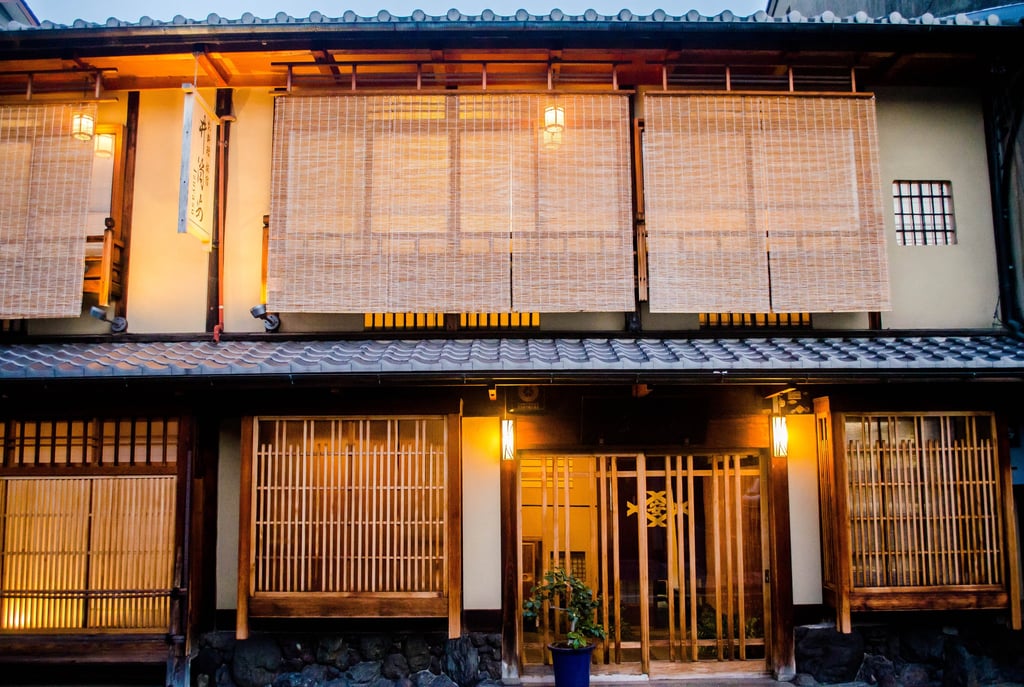

Tucked away in the heart of Kyoto lies a remarkable piece of history—Izuyasu (井筒安), a ryokan that has stood the test of time for 186 years. Established in 1839 during the Tempo Period, this inn continues to operate in its original building, passed down through generations. The current owner, the seventh-generation head, carries on the family’s legacy while blending tradition with a modern touch.
What is a Ryokan?
A ryokan is a traditional Japanese inn that offers guests a unique and immersive experience of Japanese culture. These inns feature:
Tokonoma (an alcove in the room with wooden frames crafted from various types of wood)
Shoji (sliding doors with paper panels)
Zataku (low table) & zaisu (legless chairs)
Tatami mats (woven straw flooring)
Wooden floors
Kaiseki dining (a multi-course traditional meal)
Onsen (hot spring baths)
Ryokan stays provide a deep appreciation for Japanese aesthetics, hospitality, and seasonal cuisine.
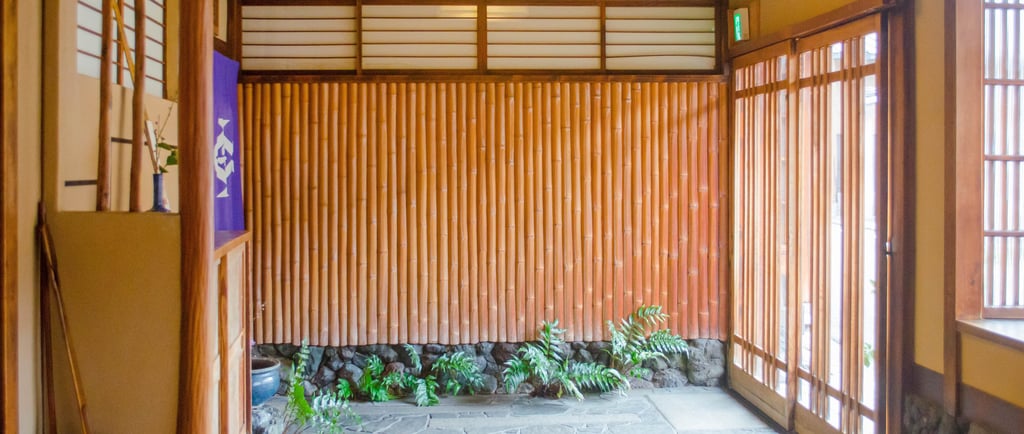

My Stay at Izuyasu
Genkan (Entrance Foyer)
Upon entering Izuyasu, I was warmly greeted by the staff at the genkan, the traditional entrance area. The lattice sliding doors allowed natural light to filter in, creating a serene and welcoming atmosphere. This area, common in Japanese homes, serves as a space to remove shoes before stepping onto the elevated wooden floor.
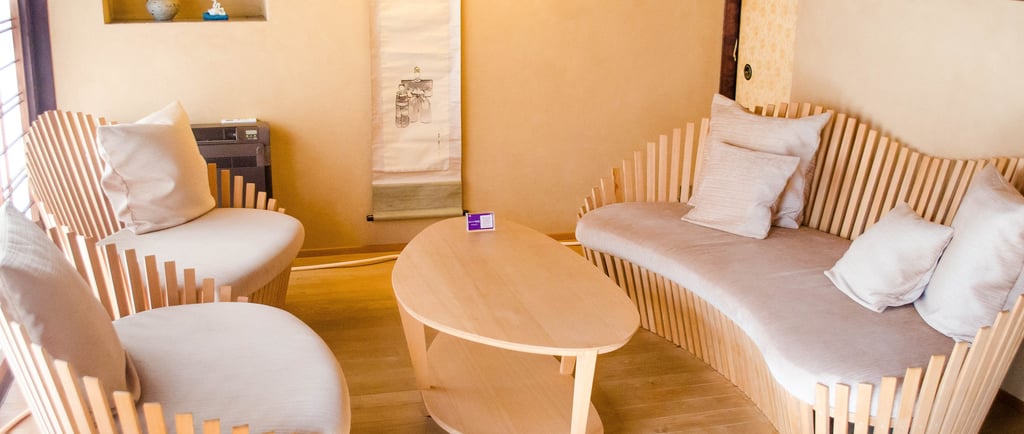

Reception
The reception area exuded elegance, featuring stylish chairs and an authentication plaque that commemorates the ryokan’s century-old history. Here, I was served a delicious tea and a sweetened ginger cube, a small but thoughtful gesture that set the tone for the stay.
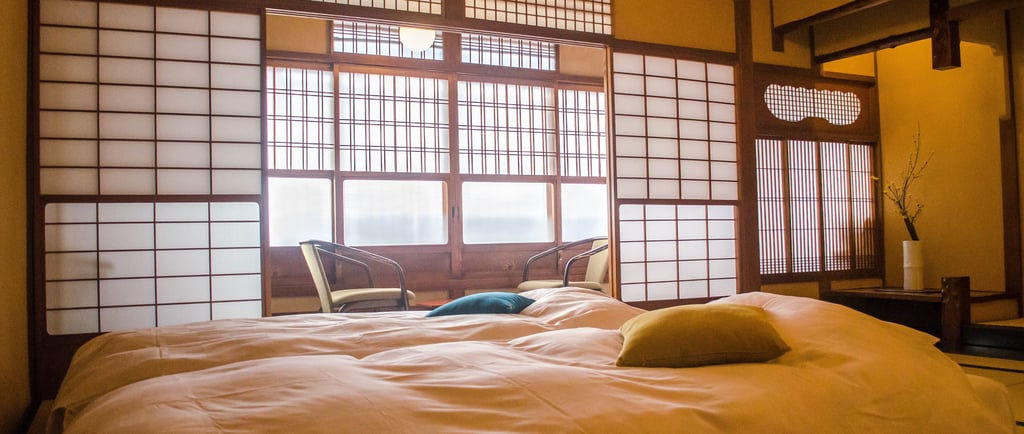

Our Room – ‘Ki’ (木)
We stayed in the ‘Ki’ 木 room, a spacious retreat for two guests. The room was adorned with traditional elements:
Tatami mats
Shoji sliding doors
Tokonoma alcove
Low tables and chairs without legs
Private balcony and toilet Yukata robes and amenities were thoughtfully provided, enhancing the authentic experience.
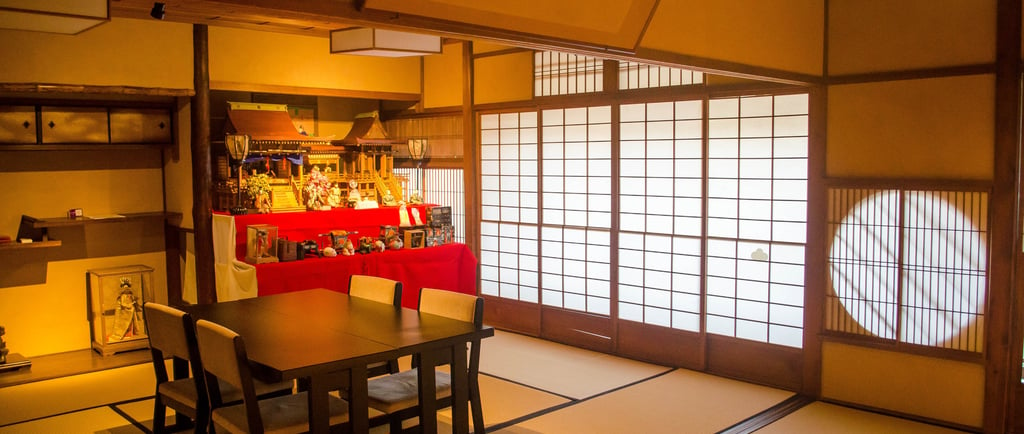

Spacious Room & Hinamatsuri Display
Next to our room was another room where we enjoyed breakfast. A fascinating highlight of this space was the Hinamatsuri (Girls’ Day) decoration, a unique and rare family heirloom passed down for generations. The mini-imperial palace with emperor and empress dolls was created 140 years ago by the first-generation owner for his daughter. Comprising around 300 pieces, the display follows intricate assembly rules passed down orally—known only to the current owner and his mother.
A byobu (folding screen), painted by an artist from the Kano school in the mid-Edo period (about 350 years old), further enriched the cultural ambiance.
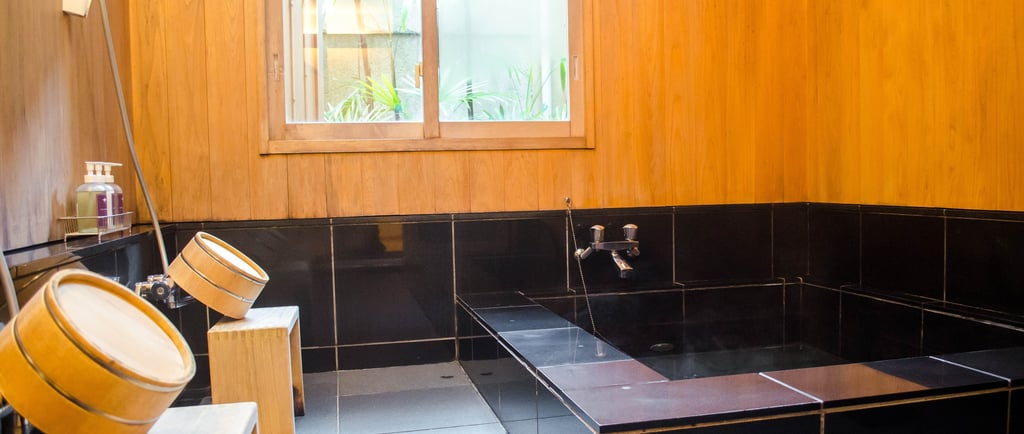

Onsen (Hot Spring Bath)
Izuyasu features three onsen areas, offering guests a tranquil retreat after dinner. The staff kindly asked for our preferred bath time, ensuring a peaceful, private experience.
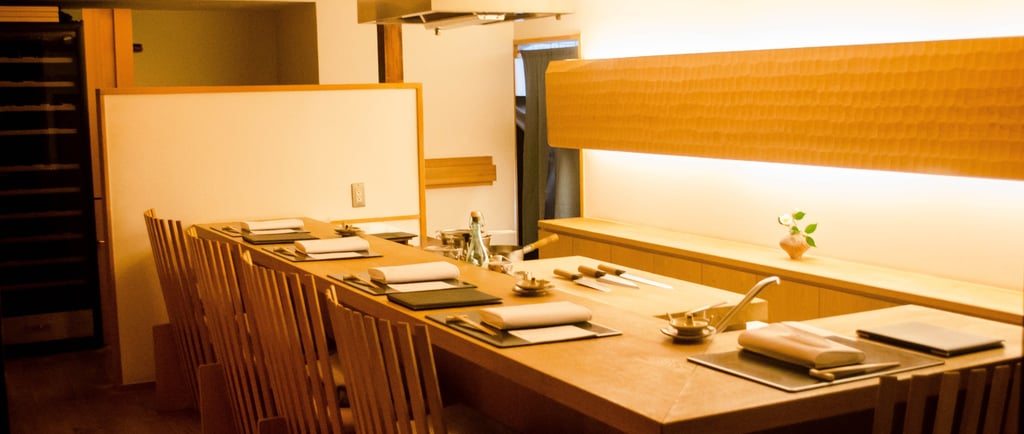

Dining, Kitchen & Lounge
The dining, kitchen and lounge were designed by the current owner, blending contemporary and historical elements. Before the renovation, this space was a corridor and a public bath, showcasing the transformation of the ryokan over the years.
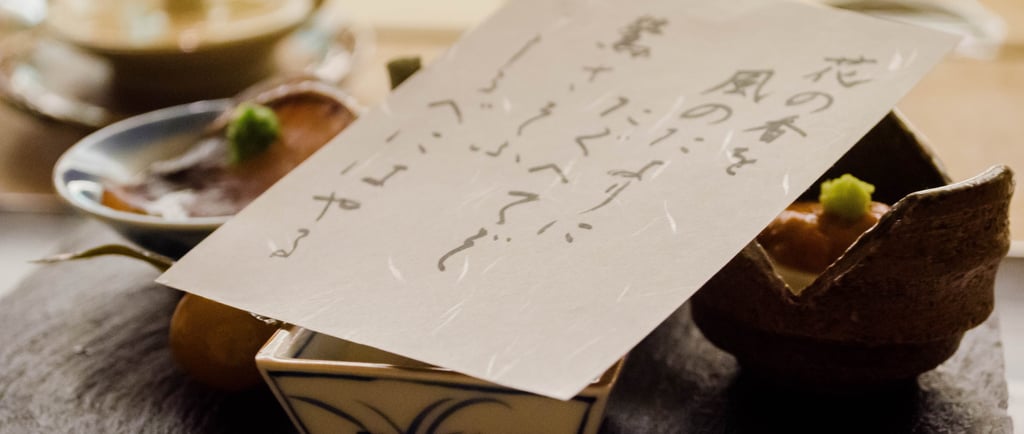

Dinner – A Kaiseki Feast Reflecting Japan’s 24 Seasons
Our kaiseki dinner celebrated the seasonal beauty of Japan, aligning with the 24 traditional seasons. We had the USUI course, representing the time when snow turns to rain and ice melts into water.
Highlights of Our Meal:
Hassun (Appetizer)
Sesame tofu, namafu (gluten cake) with yuzu miso, kumquat, oyster simmered in ginger, Japanese amberjack marinated with kelp, monkfish liver pate accompanied by a 1,200-year-old poem about the nightingale and plum blossoms.
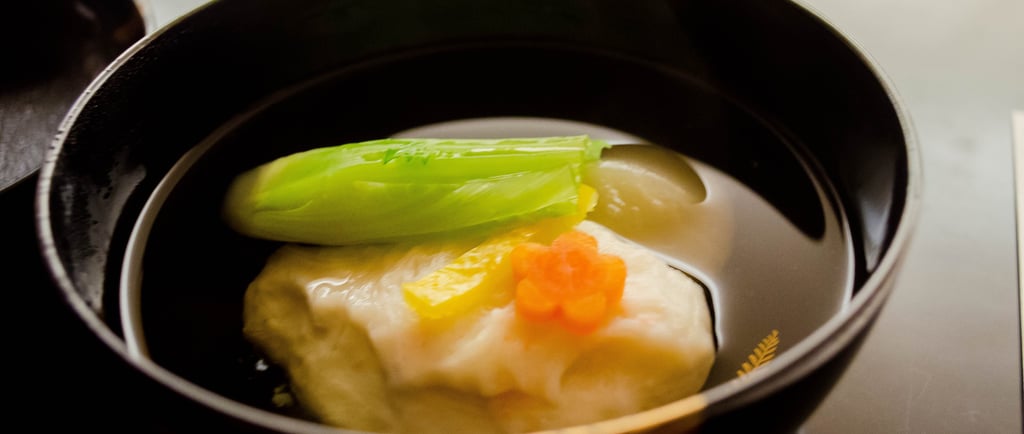

Wanmono (Soup Dish)
Crab fishcake with turnip, bud carrot, and yuzu peel.
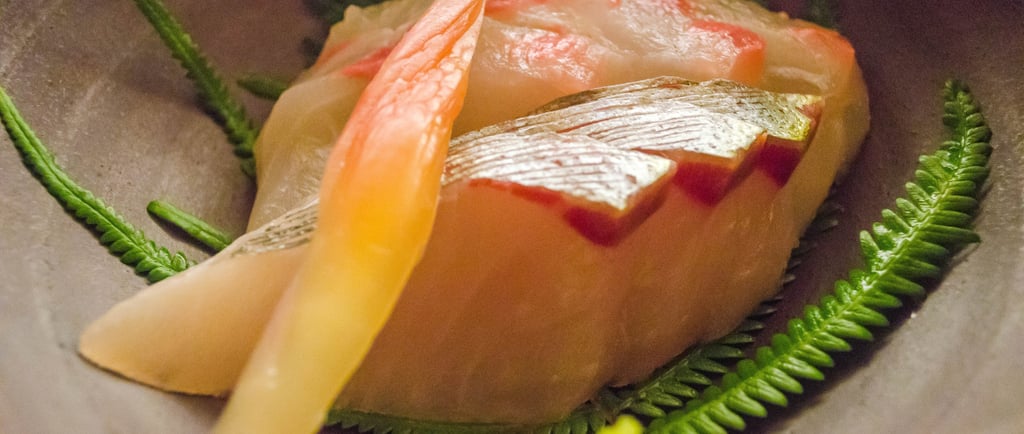

Otsukuri (Sashimi Course)
Beautifully cut sea bream and striped jack.
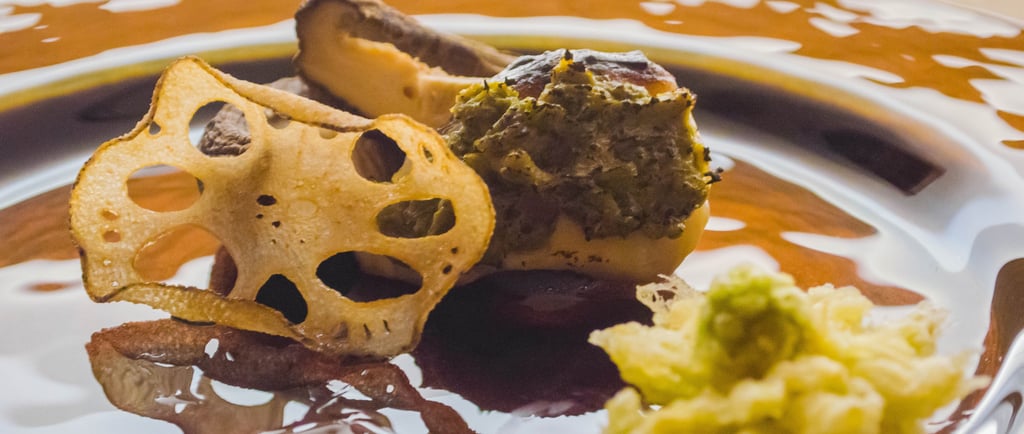

Yakimono (Grilled Dish)
Japanese Spanish mackerel with butterbur miso, tempura, and lotus root chips.
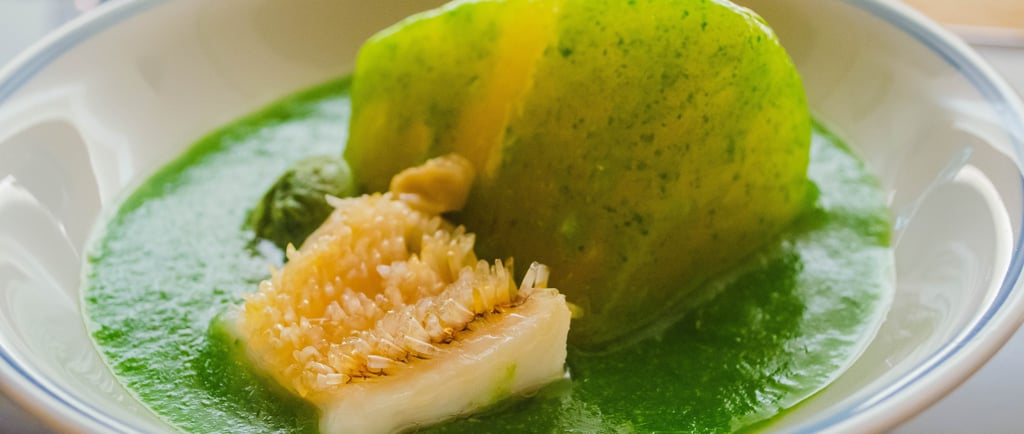

Nimono (Simmered Dish)
Pine cone-style fried horsehead fish, radish, and fiddlehead fern.
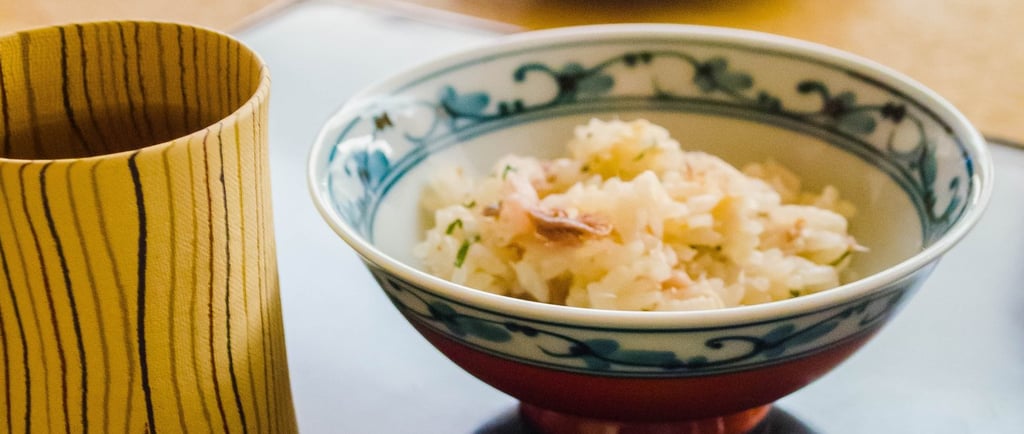

Gohanmono (Rice Dish)
Japanese amberjack rice, white miso soup with clams.
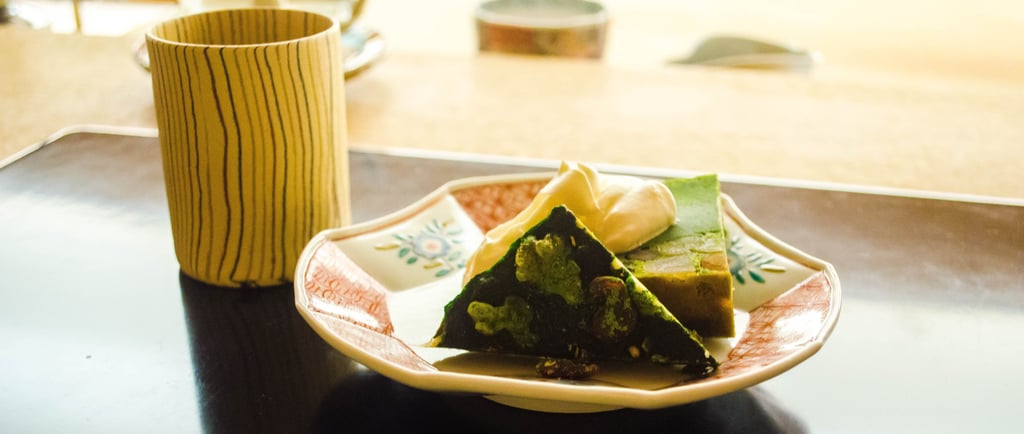

Dessert
Handmade pound cake and chocolate bark.
Every dish was meticulously crafted by the chef, reflecting the deep connection between nature and cuisine.


Dessert
Handmade pound cake and chocolate bark.
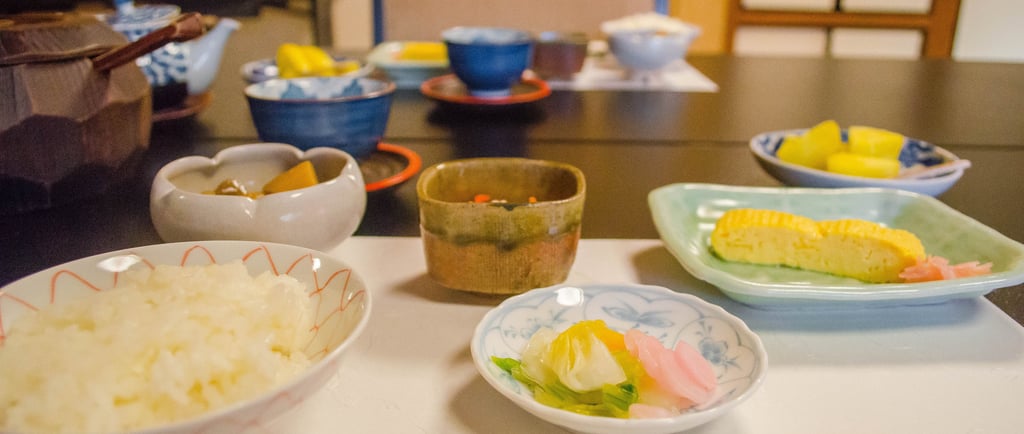

Breakfast – Kyoto’s ‘Obanzai’ Cuisine
Breakfast featured a traditional ‘obanzai’ meal, a Kyoto-style home-cooked breakfast, including:
Dashimaki (Japanese omelet)
Hirousu (fried tofu with vegetables)
Chikuzenni (braised chicken and vegetables)
Namasu (vinegared radish and carrot)
Miso soup, pickles, and seasonal fruits
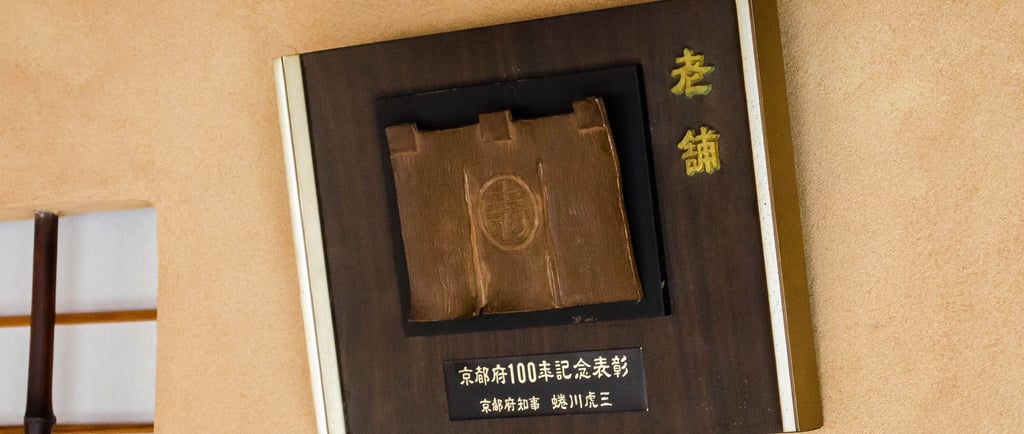

A Name Passed Down Through Generations
One of Izuyasu’s intriguing traditions revolves around a name that has been carefully preserved for generations. The current owner, took on this inherited title upon stepping into his role. With a deep love for photography, he once stood at a crossroads, pursue his passion or uphold the family’s legacy? In the end, he found a way to weave his artistic spirit into the very fabric of Izuyasu, leaving his mark through its redesign and exquisite cuisine. But why this certain name, and what significance does it hold? That is a mystery best uncovered by those who step through Izuyasu’s doors.
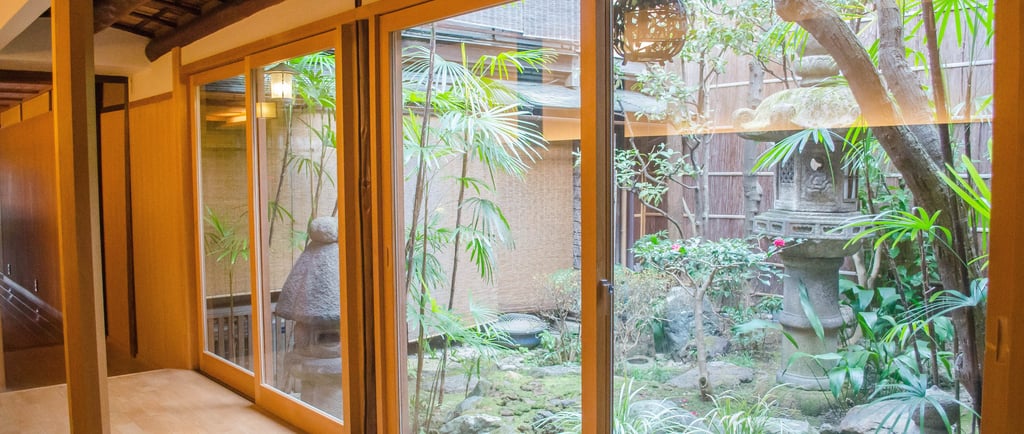

A Journey Through Time
Staying at Izuyasu felt like stepping back in time, reminiscent of visits to my grandmother’s house in Kyushu. The calm, traditional ambiance of this ryokan, coupled with its rich history, made this an unforgettable experience.
A stay at Izuyasu is more than just a place to sleep during your trip to Kyoto, it is a wonderful opportunity to immerse in authentic Japanese culture, tradition, and hospitality. And while I’ve shared many details, there are still more interesting details remain for you to uncover and personally experience.
Would you stay at a 185-year-old ryokan and experience the charm of old Kyoto firsthand?
Discover the beauty of Kansai with our tours.
Blog
INFORMATION
Email:
info@kansailocaltours.com
© 2024. All rights reserved.
Tours
ITINERARIES

